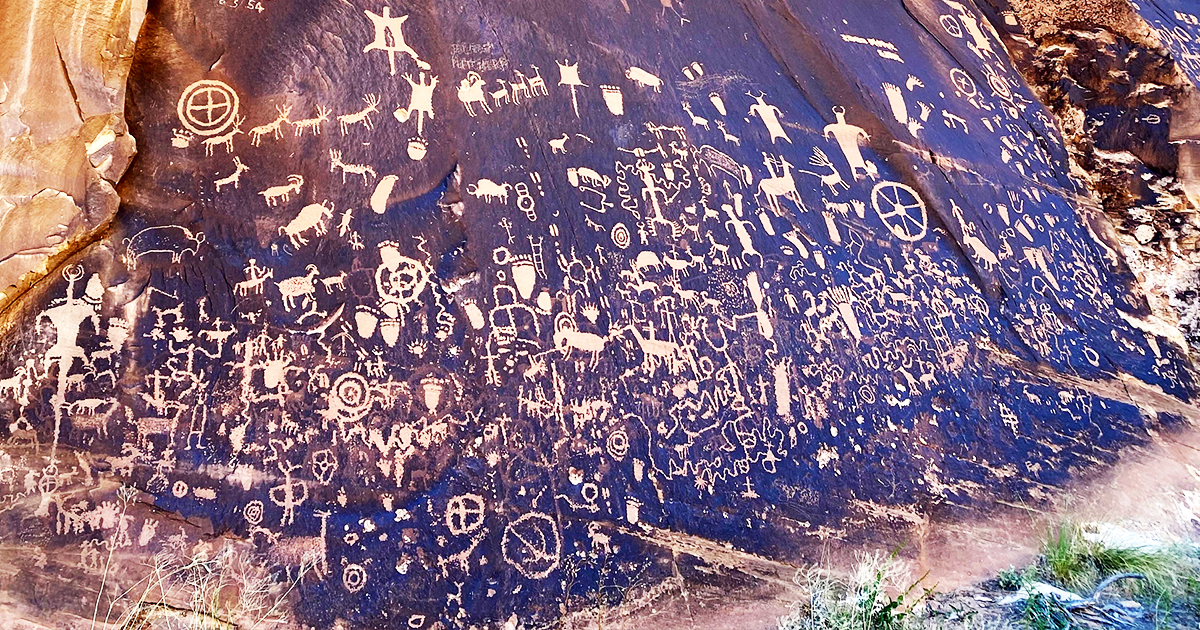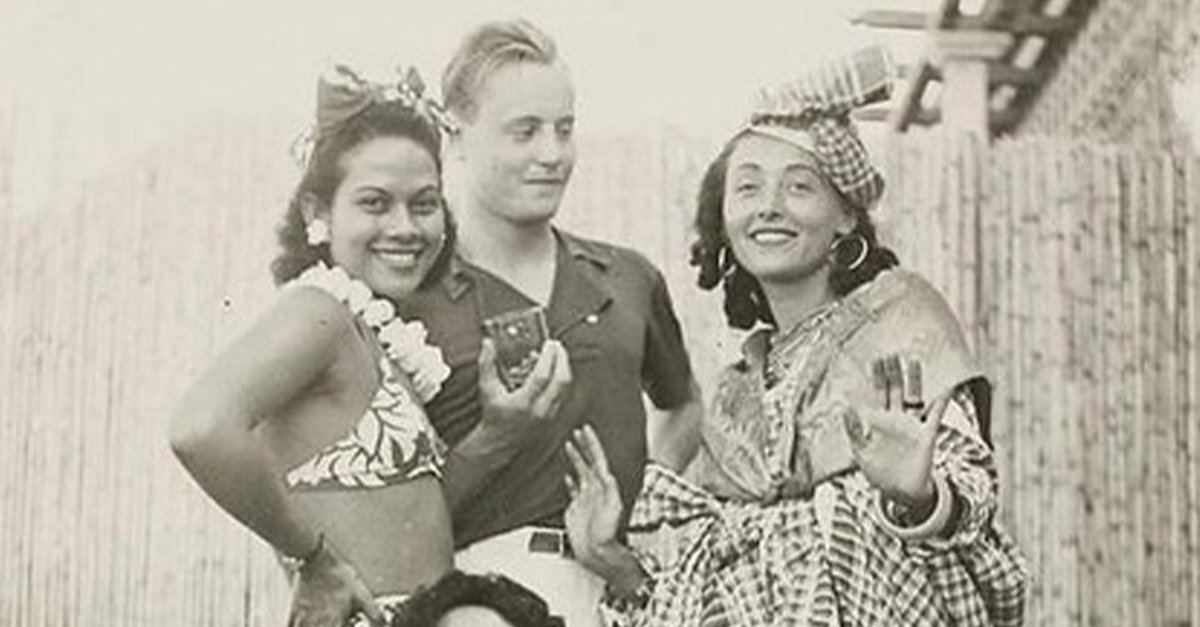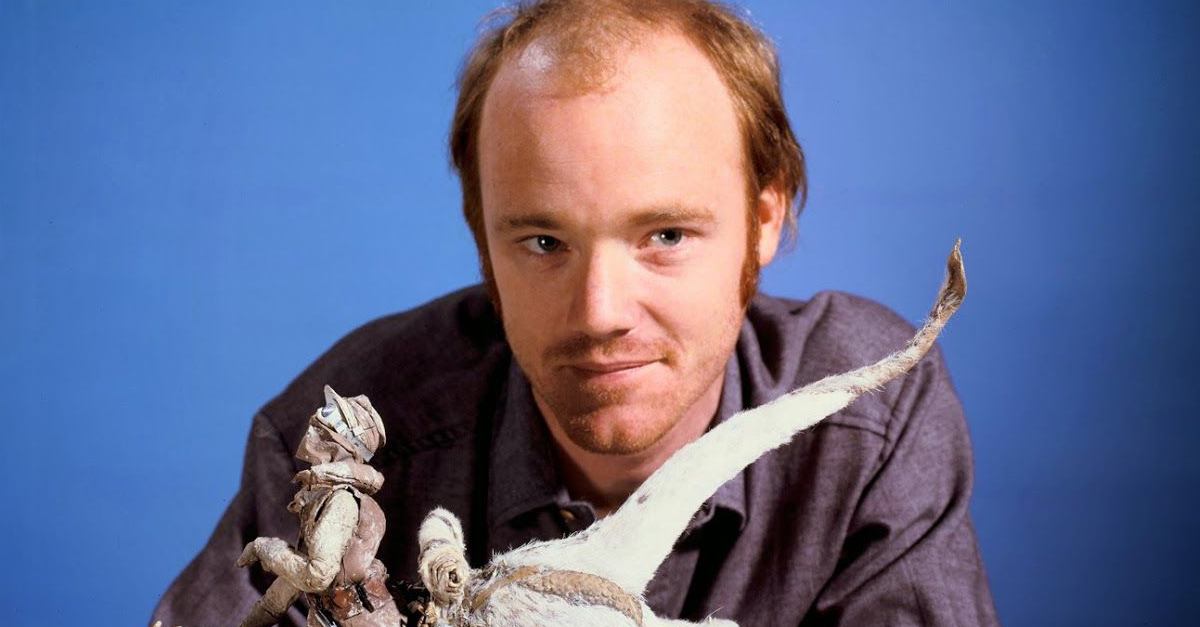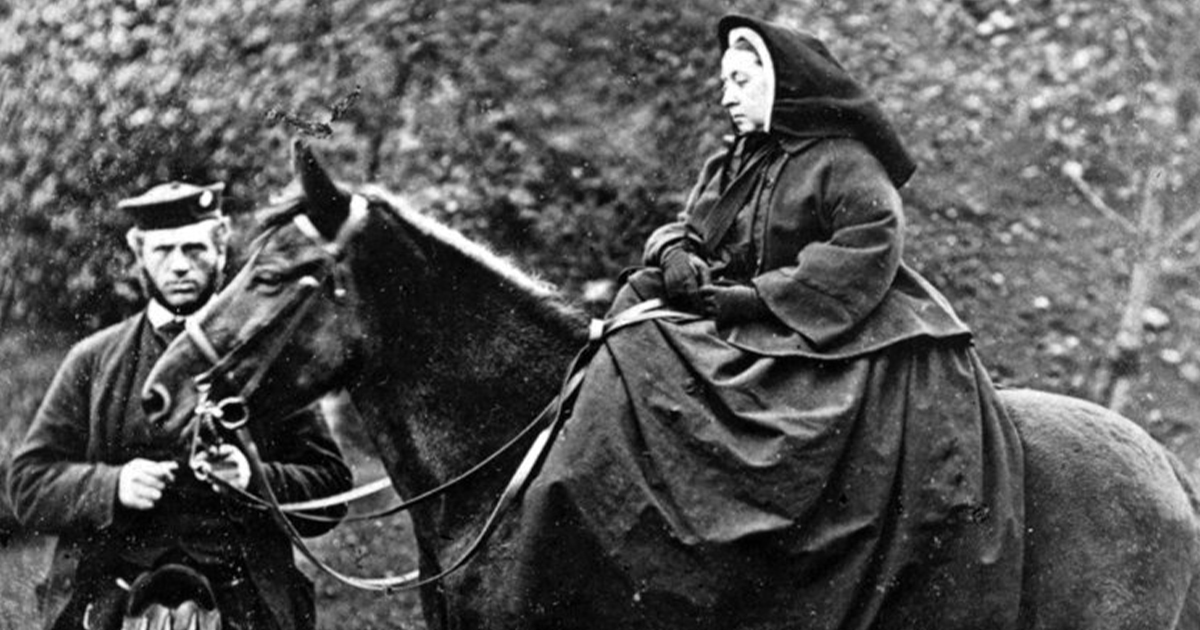The mysterious landscape of the American Southwest is studded with magnificent ancient rock art that tells secrets of times past. Utah, in particular, is home to a significant amount of petroglyphs, which are prehistoric drawings carved into the sandstone walls of its barren gorges.
These cryptic markings, which often depict people, animals, and heavenly themes, have piqued the interest of both enthusiasts and archaeologists alike. Among the fascinating images, there is one controversial idea arguing that these petroglyphs show proof of human-dinosaur coexistence.
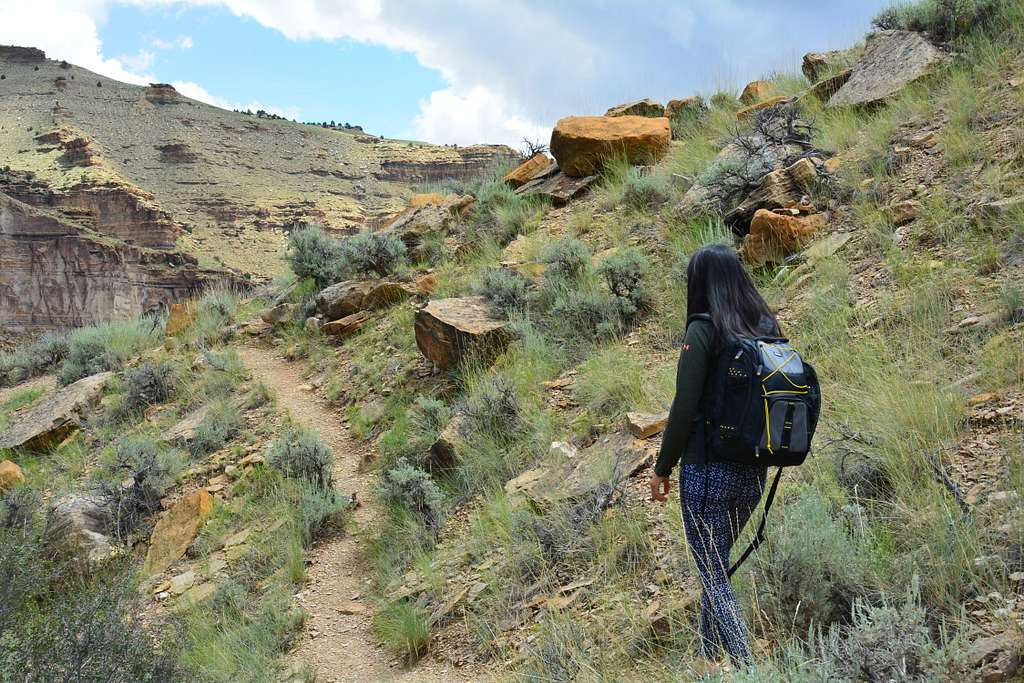 Bureau of Land Management | Wikimedia Commons
Bureau of Land Management | Wikimedia Commons
The secrets of Utah landscape
Utah is home to thousands of years' worth of ancient petroglyphs, which may be seen in places like Newspaper Rock, Nine Mile Canyon, and Horseshoe Canyon. These elaborate carvings, made by Native American tribes, are a visual record of their daily life, beliefs, and stories. The symbols are a testament to the close bond that existed between the local indigenous population and the untamed environments they called home.
On the other hand, some supporters of the coexistence theory argue that many of the petroglyphs show animals that are strikingly similar to dinosaurs, which for the longest time are believed to have roamed the planet millions of years before modern humans appeared. The prevailing scientific view—which dates the demise of dinosaurs to approximately 65 million years ago, long before the emergence of anatomically modern humans—is challenged by this theory.
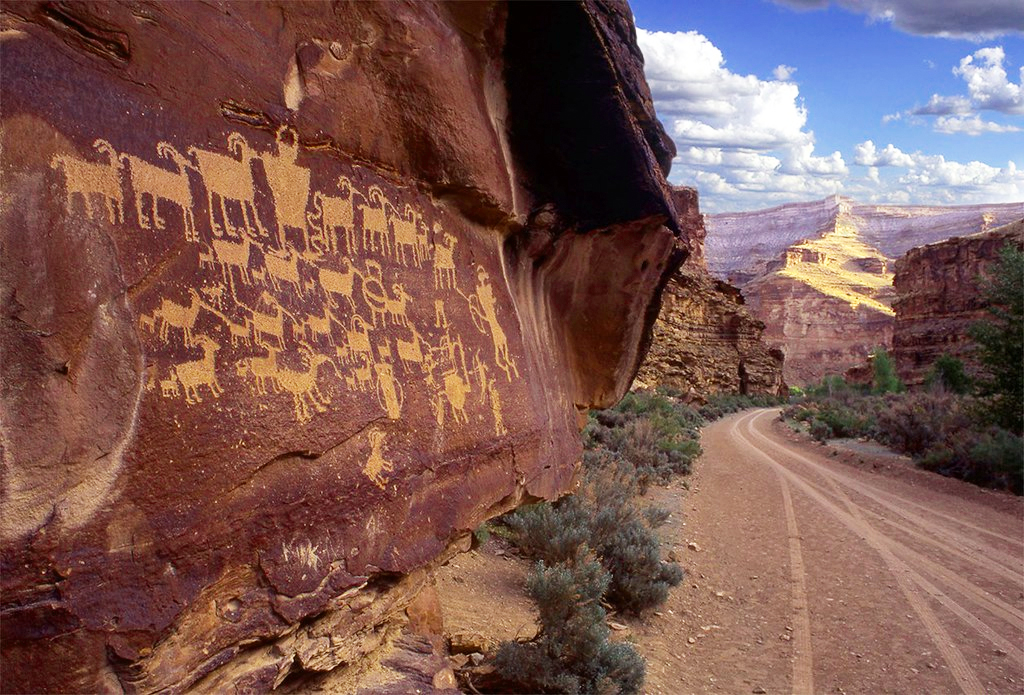 Bureau of Land Management | Flickr
Bureau of Land Management | Flickr
Do petroglyphs count as proof?
The coexistence theory frequently cites certain petroglyphs as proof of their claims. Among these are pictures of long-necked reptiles that resemble theropods or sauropods, two kinds of dinosaurs that were previously common on Earth. Conversely, skeptics argue that these interpretations are arbitrary and simply motivated by the urgency to find proof of a prehistoric human-dinosaur relationship.
In favor of the coexistence theory, one of the most well-known petroglyph locations is called "Dinosaurland" near Vernal, Utah. Some people believe that the giant, lizard-like creatures illustrated in these petroglyphs have lengthened necks and tails, similar to certain dinosaur species. Although these theories are intriguing, traditional archaeology emphasizes the difficult task of interpreting ancient rock art and takes a more careful approach.
To resolve the dispute, scientists use sophisticated dating methods such as radiocarbon analysis to verify the petroglyphs' age. At this point, these analyses have consistently placed the engravings within the human evolutionary period, supporting traditional archaeological perspectives over the coexistence theory. Still, some supporters contend that there may be room for other explanations and that these dating techniques are not foolproof.
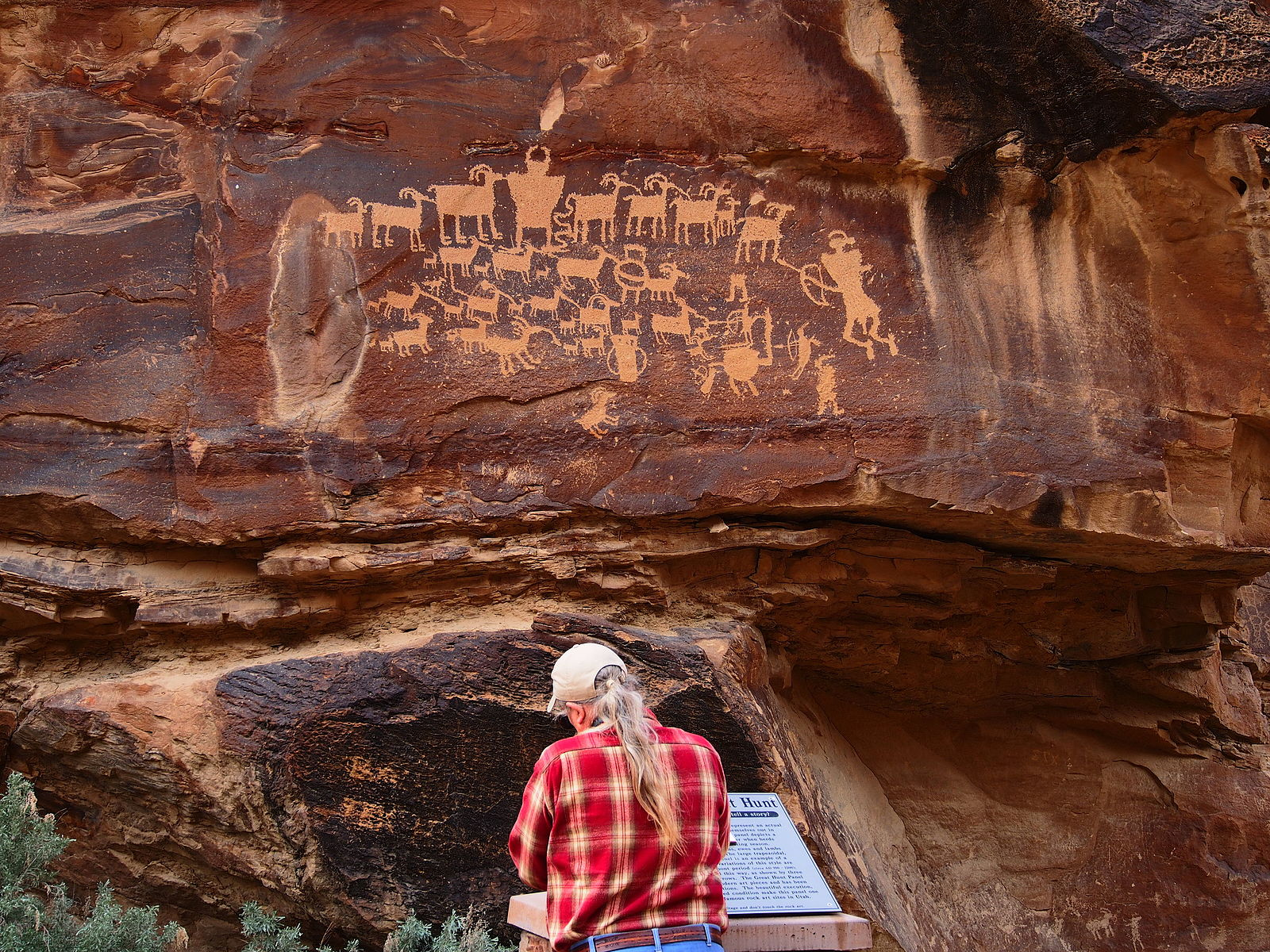 Sandy Brown Jensen | Wikimedia Commons
Sandy Brown Jensen | Wikimedia Commons
The answer is not so clear-cut
The controversy surrounding the coexistence theory brings to light the complex dance between science, interpretation, and culture. The prospect of humans and dinosaurs living together is strongly rejected by the scientific community, yet the theory's appeal nevertheless captures people's attention and sparks debates in both academic and enthusiast communities.
Ultimately, it doesn't matter if the Utah petroglyphs actually show proof of human coexistence with dinosaurs—their significance is still clear, reminding us that it's important to always stay curious about our world.

